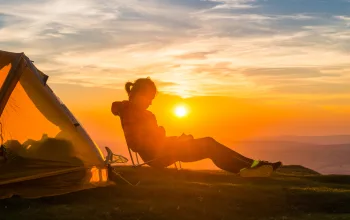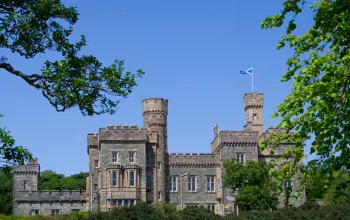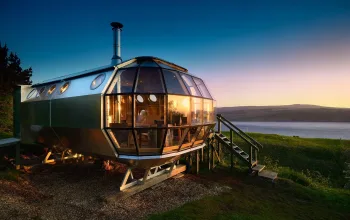1 Okavango Delta
The Okavango Delta is the world's largest inland delta, where the waters of the mighty Okavango river, collected in the Angola highlands, pour and pool in the otherwise bone-dry Kalahari desert to create a vast 15,000 square kilometres of canals, lakes and islands.
2 Moremi Game Reserve
In the east of the Delta covering almost 40 percent of its area - the Moremi Game Reserve hosts almost all of Africa's high-level predators such as crocodiles, lions, leopards, cheetahs, as well as herds of wildebeests, buffaloes, zebras and antelopes. Even rhinos are making a comeback here.
3 Chobe National Park
In the north-east of Botswana, Chobe National Park is best known for having the largest concentration of elephants in Africa - an estimated 50,000! The best game viewing is in an area called the Chobe riverfront, where large herds of elephants, giraffe, sable and buffalo come to water. A visit here is easily combined with a trip to the nearby spectacular Victoria Falls on the border between Zambia and Zimbabwe.

4 Active safari
The classic way to explore the wet parts of the Delta is by mokoro, tradional dugout canoes that are punted by your safari guide among the bulrush-lined chanels. There are plenty of more conventional jeep safari tours as well but for the ultimate, immersive safari experience there are on-foot and bike safaris for getting up close and personal with the landscape and its wildlife.
5 Kalahari Desert
Covering some 900,000 square kilometres and much of the rest of Botswana is the Kalahari desert. Not as dry as the Namib desert in Namibia to the west, the Kalahari is home to the Central Kalahari Game Reserve where savannah grasslands support black-maned lions, giraffes, cheetah and many grazing herds of wildebeest, kudu and gemsbok.

6 Security and democracy
Last but far from least, one of the best reasons for visiting Botswana this year is to help celebrate the country's 50 years of independence. During this time it has become a leading example of how a poor African country can balance economic, democratic growth with the protection - and showcasing - of its natural treasures.




















